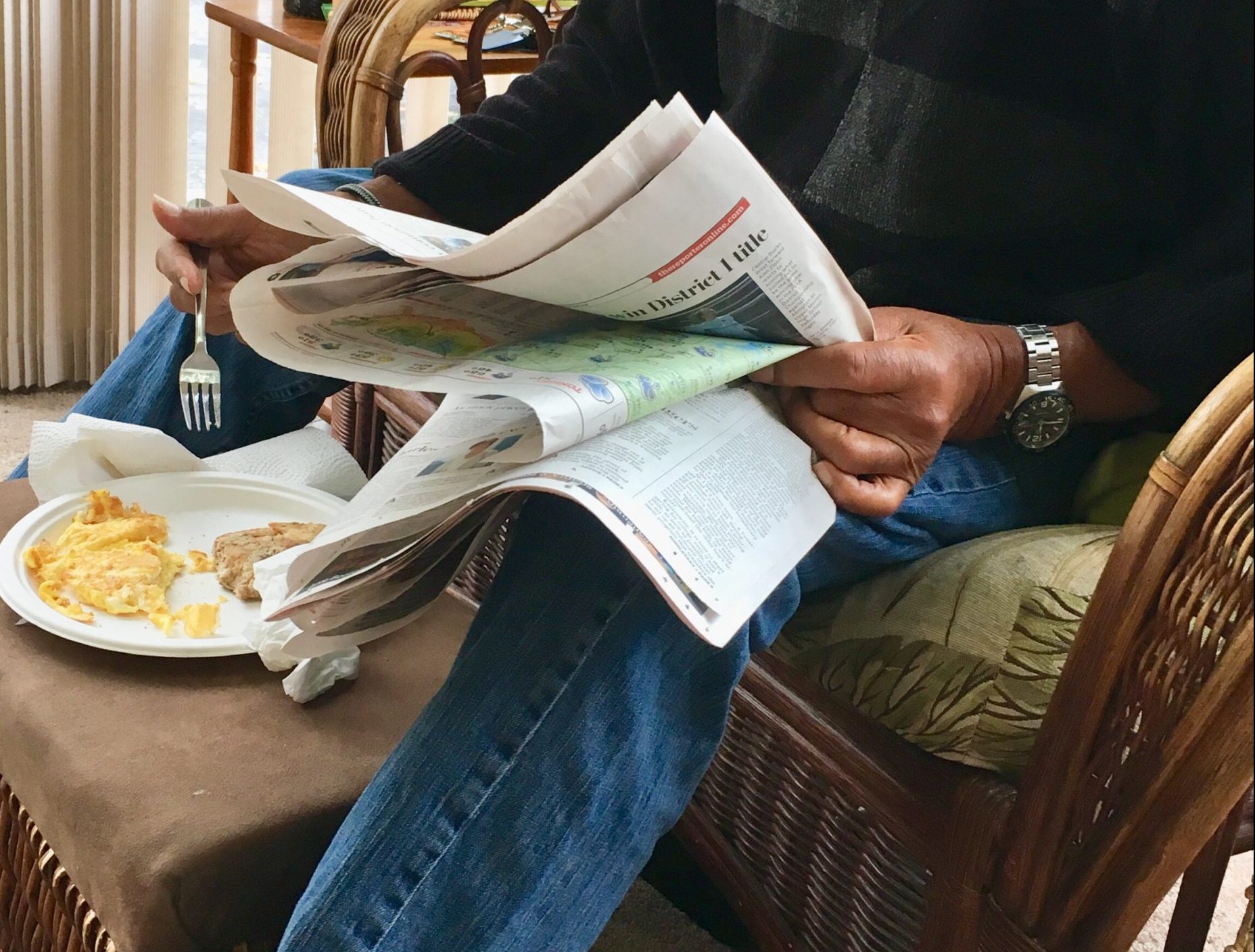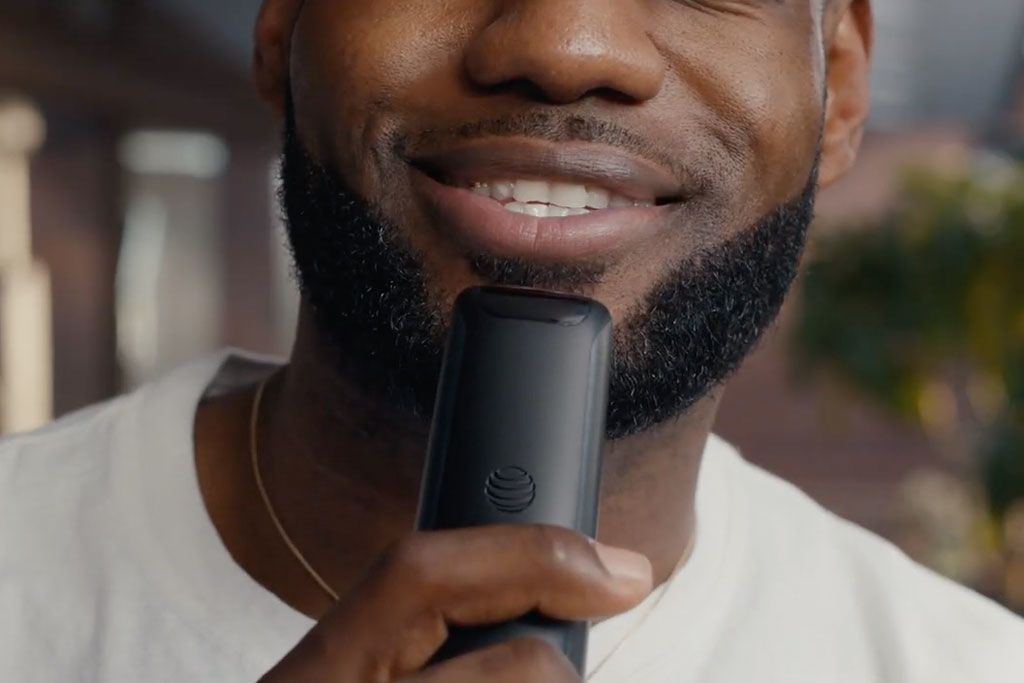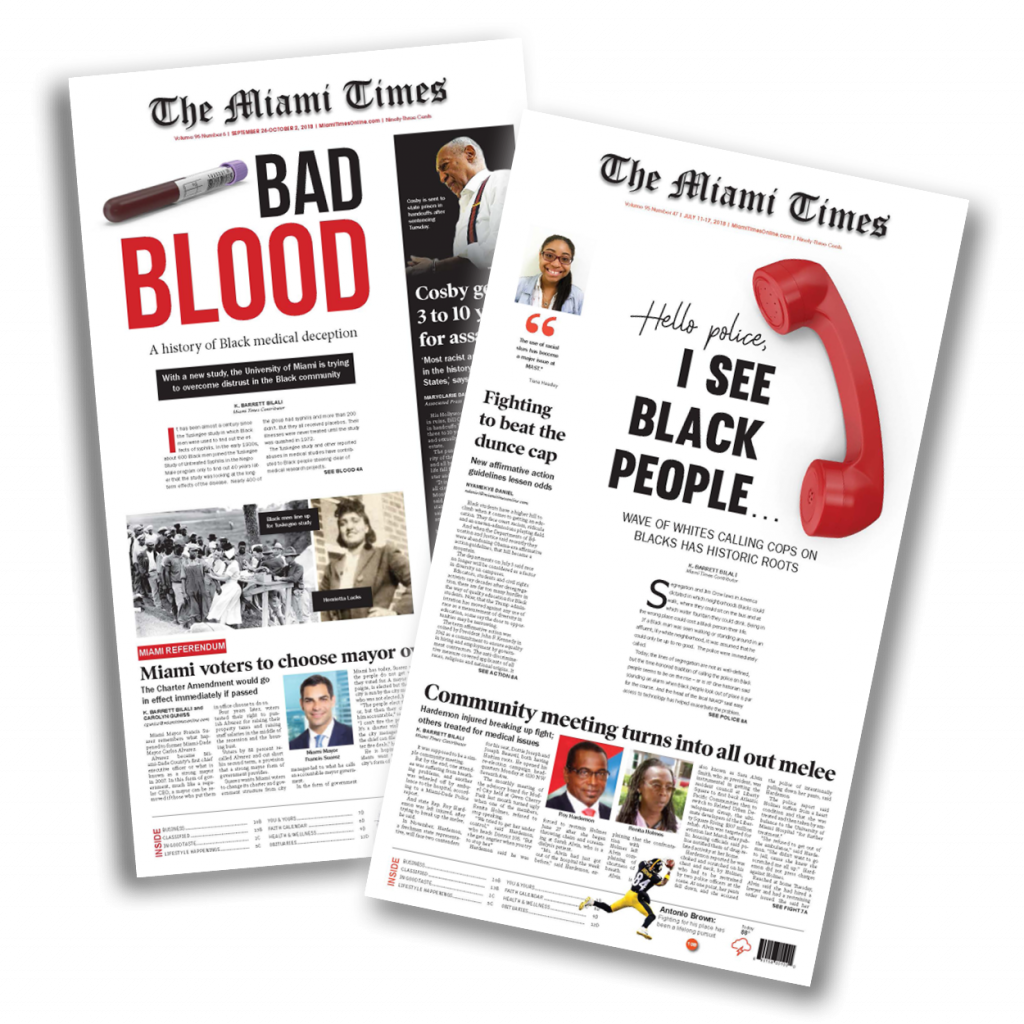In a world of instant messaging, texts, Twitter tweets, ebooks, podcasts, mini books, video and digital everything, there is something interesting occurring. In the past several months, as the coronavirus and America’s coming face-to-face with racism and inequality are constant news, brands have taken to long form print ads, that is, full page, full-worded communications.
The majority of these full-length, full-page communications are focused on betterment while some are attempts at rectifying past corporate behaviors. It used to be that these long-form ads were normal. But with the proliferation of digital, short-form communications were considered the best way to speak to people. Discussions about people’s capacity for anything longer than a minute or two captured the attention of brand leaders and marketers. But, all of that seems to have changed, at least for the moment. The recent Sunday New York Times carried at least six different long-form print ads with actual copy, one of which was a two-page spread from MasterCard.
It is quite astonishing that one of the outcomes of the pandemic and the cries for change is the reappearance of full-page print ads in newspapers, a medium that was supposed to be dead. Along with our reintroduction to Campbell’s Soup and Kraft American Cheese, we are taking a (literal) page from an advertising approach that is over 50 years old.
John Caples, a VP at BBDO in the 1960’s and 1970s, created some of America’s most famous long-copy ads. His 1974 book, Tested Advertising Methods, began with a foreword by David Ogilvy, another ad legend, who stated that Caples’ principles of writing copy taught Mr. Ogilvy what he needed to know about advertising. Principle #7 was, “Long copy sells more than short copy.”
But, then we entered the digital age where time reading anything at length is time wasted, unless you are actually searching for something important such as treatments for diseases.
Today’s long-form newspaper communications have evolved. These are not apologia ads. These are Corporate Social Responsibility statements of how brands will be changing to satisfy changing social needs on a broad scale, way beyond the brand’s particular products and services purviews.
Facebook, which is under pressure from its own employees on its tone-deaf approach to racist posts, is running a full-page ad on the necessity to vote. There is a web address that will link you to Facebook’s efforts on getting out the vote. The ad also is a subtle reinforcement of its policy to not vet poisonous, vituperative posts by using the headline, “Every vote is a voice heard.” This precedes the lines, “ Voting is the most powerful expression of democracy. A vote is a voice heard.”
Secret the deodorant/anti-perspirant from P&G features Serena Williams who asks us to participate in Secret’s push for gender equality.
Olay, another P&G product, features a quote from Brittany Packnett Cunningham, the activist, MSNBC contributor, writer. Olay is taking a stand on racism and asks us to learn more about what P&G is doing by going to its PG.com/takeonrace website.
MasterCard placed a two-page spread in The New York Times, almost unheard of these days, to articulate its support for the LGBTQIA+ community and MasterCard’s support for GLAAD’s NEON Legacy Series, a photo and video collection produced by Black LGBTQIA+ creators. The ad states MasterCard’s commitment to equal treatment, equal opportunity and equal rights. The ad features both the MasterCard logo and the GLAAD logo.
And, recognizing that many of us will be spending our summer at home where we have been for the past three months, Scotts MiracleGro reminds us that although summer may be different this year, we still have each other and our neighborhoods. Our families may be stronger; our relationships deeper. We will be growing vegetables.
Brands have a lot to say and positions to articulate. These times seem to require communications that are not limited to 145 characters or a 15-second information flash or a single, albeit impactful, visual. People want to know what their brands stand for. They want to know what actions brand are taking to deal with disease and divisiveness. Since we live in an information-seeking environment, long copy may be the best way to tell a brand’s story when customers want more. After all, content is king.
It may be that as our world becomes more complex and uncertain, we need the support for decision-making and brand assessment that can only come with more information. We may have to actually spend time and effort to gain information to help us in choice situations.
As humans, we are cognitive misers. We prefer to think and solve problems in easier, more effortless ways. Our human mind prefers to not spend a lot of computational effort. The most recent work on cognitive miser theory is that of Amos Tversky and Daniel Kahneman who showed that humans tend to default to “judgmental shortcuts that generally get us where we need to go—and quickly—but at the cost of occasionally sending us off course.” This affects how we consume media. In many cases, we tend to opt for the communications that offer the least expenditure of energy and effort.
Long-form full-page print ads may be the path of least resistance when it comes to understanding what brands are actually doing, how brands are activating their promised commitments. Perhaps seeing the commitments in writing is stronger than seeing a commitment in 10 seconds on Quibi or by tapping an app. Brand trust cannot be reduced to simplistic, sunny slogans. Carefully worded and crafted full-page print ads may be a media turning point that will last.
Originally published in Forbes Jun 22, 2020







One Response
You made some decent points there. I checked on the net for more information about the issue and found most individuals will go along with your views on this website.